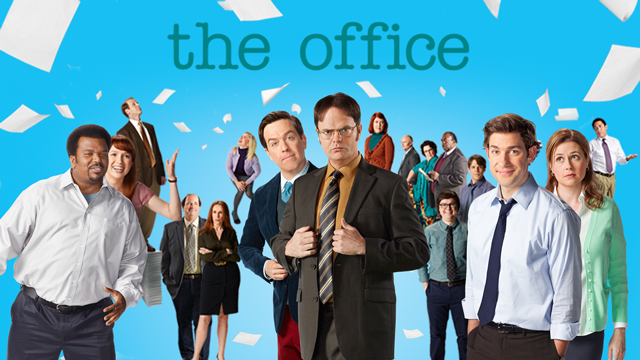Why Popular Shows on Netflix are Disappearing
February 11, 2021
The COVID-19 pandemic has impacted almost all aspects of our lives from going to work or school, to even buying groceries. However, staying home has not stunted our consumption of television shows, movies, and documentaries. New releases from on-demand streaming services such as Netflix, Hulu, Disney+, and Prime Video are some of the few topics we can discuss to distract from the current hostility of our environments.
On January 1st, 2021, Netflix removed The Office from its site. The disappearance of the feel-good comedy that has put smiles on faces since 2005 was disappointing and confusing to many. Although ratings data is sparse, Netflix revealed to Variety Magazine that during the first week in March, The Office was the most-watched acquired show, beating the likes of Schitt’s Creek, Parks and Recreation, and The Good Place. So how does an extremely popular show like this get taken down?
The answer is licensing agreements. According to their website, if Netflix did not produce a program, the company works with content providers, distributors, producers, and creators to acquire licensing for TV shows and movies to stream on their service. When the license to a program is expiring, Netflix considers key factors: Are the rights to the title still available? How popular is it? How much does it cost?
It seems that after debating, Netflix decided against renewing the license, but while The Office was removed, countless other shows have been outright canceled despite high audience reviews and buzz for their new seasons. These include The Society with a Rotten Tomatoes score of 86%, Ozark (81%), Sense8 (86%), Glow (86%), and I Am Not Okay with This (87%).
Liz Flahive and Carly Mensch, the series creators of Glow, blame COVID-19. The sudden terminations of over 26 shows can be linked to the pandemic as many productions have been significantly delayed or shut-down, however, a more thorough investigation by Nellie Andreeva of Deadline tells another story.
Andreeva explains that “while the payments [to the show’s production] are relatively modest after Season 1 and a little bigger after Season 2, they escalate after Season 3.” In short, shows limited to a few seasons are more profitable than longer shows. Therefore, Netflix’s goal is to produce as many mini-series as possible.
Additionally, this unique strategy entices users to stay registered beyond the 30-day free trial when new content appears every month. Whether the strategy is both working and fan-friendly is debatable. Fans are disappointed when they get attached to characters whose storylines are never finished, but there will always be new shows to watch. Fortunately, if you are holding a grudge after your favorite show was canceled, you can suggest that Netflix renews it, and if you are looking to watch something new, you can view Netflix’s upcoming shows here.
Sources
https://variety.com/2020/tv/news/netflix-ratings-amazon-prime-the-office-schitts-creek-1203536945/
https://www.businessinsider.com/netflix-favors-tv-shows-with-10-episode-seasons-report-2019-3
https://www.theodysseyonline.com/real-reason-netflix-removes-tv-shows-movies
https://help.netflix.com/en/titlerequest
https://help.netflix.com/en/node/60541?ui_action=expired-content-link
https://help.netflix.com/en/node/4976
https://deadline.com/2019/03/netflix-tv-series-cancellations-strategy-one-day-at-a-time-1202576297/
https://tvline.com/lists/new-on-netflix-tv-shows-movies-originals/






